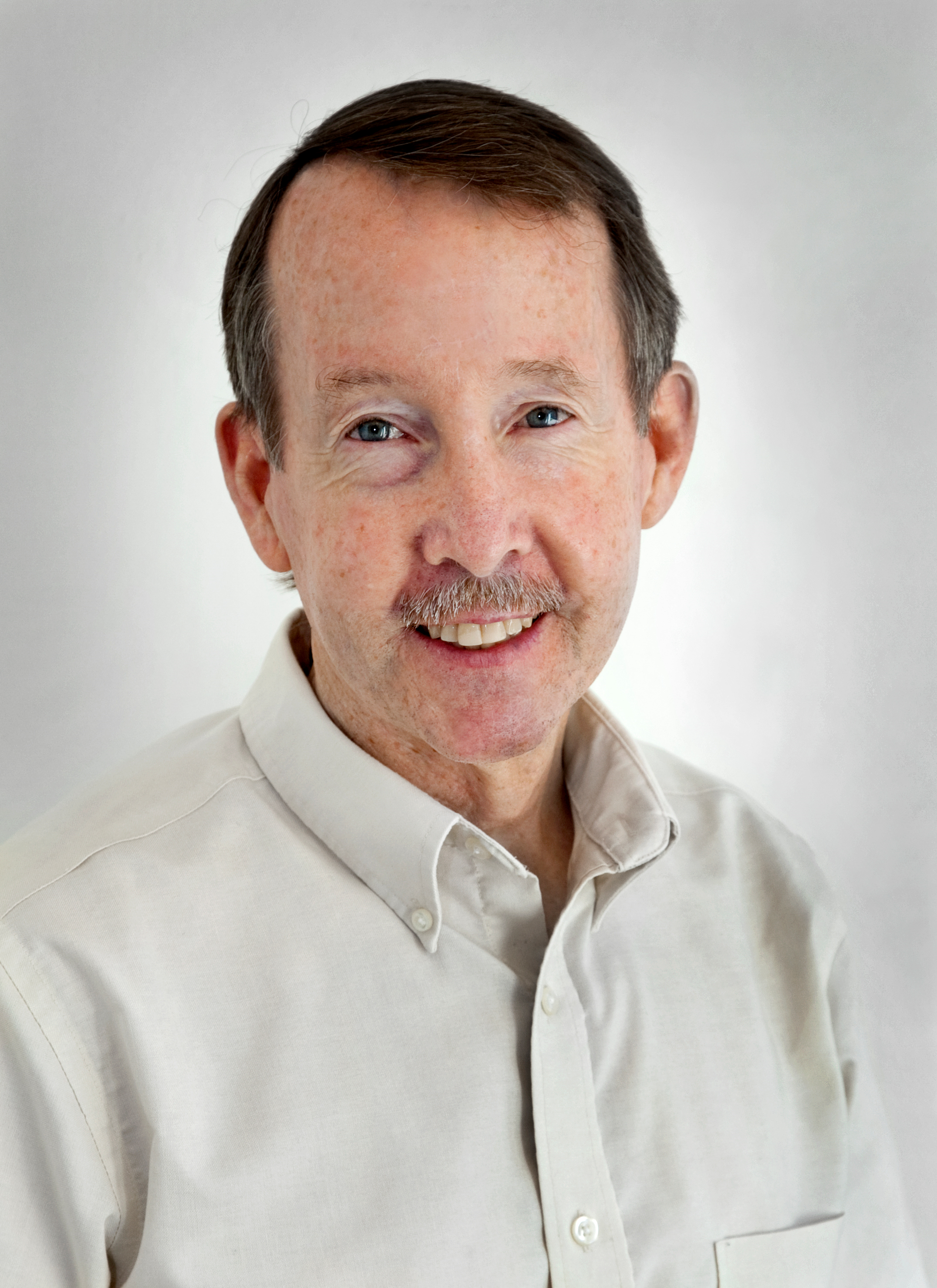Contact: Paul Preuss
Wick Haxton grew up in Santa Cruz, got his bachelor’s degrees in physics and mathematics from UC Santa Cruz, and earned his doctorate at Stanford. After postgraduate work in Germany and Los Alamos, Haxton moved to rainy Seattle and the University of Washington, where he spent the next quarter century, including 15 years as director of DOE’s National Institute for Nuclear Theory. Recently the native Californian returned to join Berkeley Lab and UC Berkeley as professor of physics and senior scientist in the Nuclear Science Division (NSD).
“I’m looking forward to winters that aren’t quite so dark and wet,” he says, “not to mention bicycling to work.” But the big draws are colleagues who share his interests and access to tools like the supercomputers at NERSC; he foresees that evolving computational power will soon be able to make problems in “theoretical nuclear physics more like experimental physics.”
Neutrino astrophysics is a major field of study for Haxton, including how neutrinos can be used to explore processes in the interior of the Sun and in supernovae. “Ninety-nine percent of the energy of a Type II supernova is released as neutrinos,” Haxton says. “We can detect these and get all sorts of interesting information, for example about weak interaction physics or the mass of neutron stars.”
Haxton looks forward to the day when “very large water Cherenkov detectors” will be available in DUSEL, the Deep Underground Science and Engineering Laboratory planned for the converted Homestake Mine in South Dakota. There, one or more cavities will be carved out of solid rock almost a mile down in the mine, each holding 117,000 tons of pure water. (Cherenkov radiation is the blue glow emitted by a particle moving faster than light normally moves through a medium like water.)
“The most important experiment we can do at DUSEL is to couple these vast detectors to neutrinos produced by accelerators at Fermilab, 1,300 kilometers away,” says Haxton. “But at the same time we can look for solar neutrinos and supernova neutrinos – supernovae occur only about three times a century in our galaxy – and we can also use the detector to study processes like proton decay.”
At Homestake, different neutrino detectors using liquid scintillator will measure the “metallicity” (what astronomers call the proportion of elements heavier than hydrogen or helium) of the core of the Sun, which Haxton studies for clues to how the solar system was formed.
Haxton was in at the beginning of DUSEL, the project’s first principal investigator when it originated from a workshop he organized at the Institute for Nuclear Theory in 2000, bolstered by the news that the Homestake Gold Mine would soon be closed. Later, when Haxton took up a different underground-laboratory concept, Berkeley Lab’s Kevin Lesko became the leader of the Homestake proposal.
From the cosmos to the nucleus
Haxton was a professor of astronomy as well as of physics at the University of Washington, but his interests in nuclear science range well beyond astrophysics. One area that intrigues him is the quest for new kinds of CP (charge-parity) violation. The fundamental symmetry principle that physics ought to be the same when the charge and spatial orientation of particles are reversed is famously violated by the weak force.
“One manifestation of this is that matter dominates over antimatter in the Universe,” Haxton says. “But the kinds of CP violation we know about aren’t enough to explain the difference, so we’re looking for others.”
One opportunity to find new sources of CP violation is provided by exquisitely precise measurements of atomic electric-dipole moments. Atomic tests of symmetry breaking, including CP violation and parity nonconservation, are being done at Berkeley, including recent experiments with ytterbium atoms by NSD’s Dmitry Budker. Haxton and his students are working on relating such experiments to nuclear theory.
Underlying much of his work is what Haxton calls “the meat and potatoes of nuclear physics, the many-body problem.” The nucleus, with its combination of protons and neutrons and the different forces that simultaneously hold them together and push them apart, is a classic example. Haxton has been interested in finding a way to marry the new techniques of effective field theory with advanced computation to make progress on this problem.
“At odds” is how Haxton describes traditional approaches to the short-range interaction versus the long-range physics of the weakly-bound nucleus. He says, “The right combination of short-range expansions, long-range summations, and numerical work in between just might provide a controlled way of calculating nuclear properties.” Haxton looks forward to drawing on the expertise of experts like the applied mathematicians in the Computational Research Division to help develop numerical methods to evaluate the kind of theory that emerges from this approach. It’s a slow process, since complexity increases with heavier nuclei.
“I’ll be happy to get to carbon,” he says – an element with only six protons and six or seven neutrons in its most common isotopes.
In all his fields of interest, Haxton is delighted to be in Berkeley. “It’s great to be able to couple the human and technical resources of a first-class Lab with a first-class University.” And if the sun shines in the winter, that will be nice too.
